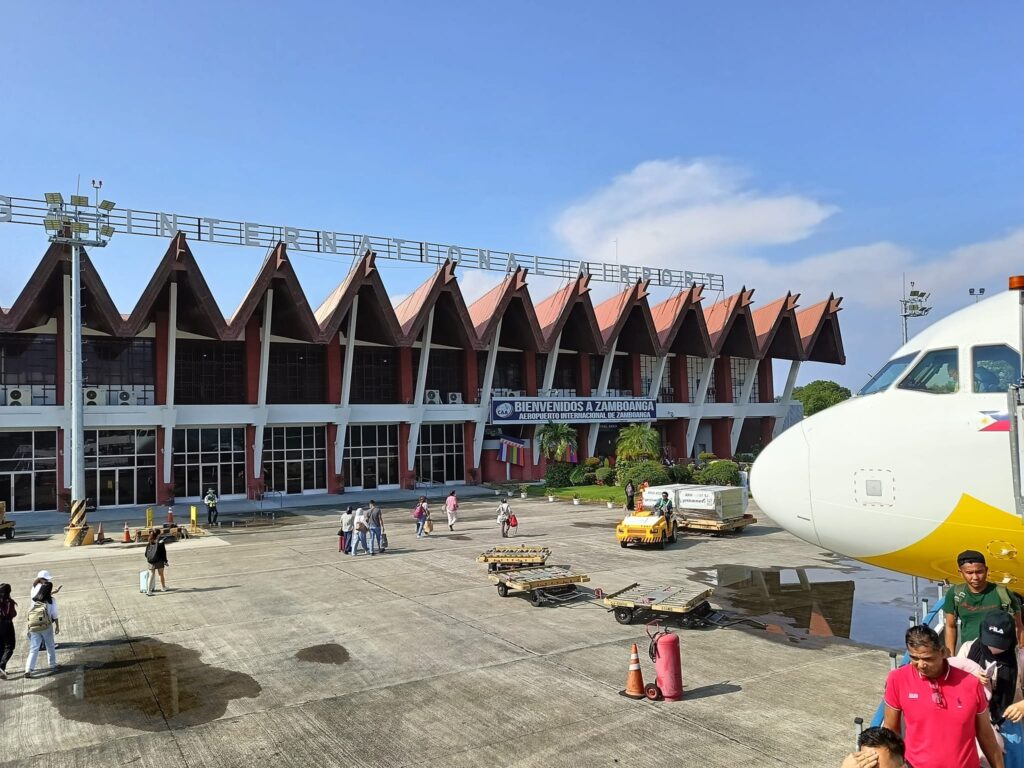
At the southwestern tip of Mindanao, Zamboanga City is a proud city whose culture, language, and identity have been profoundly influenced by centuries of Spanish occupation and indigenous tribes. Chavacano is the distinctively tenacious Spanish based creole. Nevertheless it flourishes there with lively local customs earning it the moniker “Asia’s Latin City.”
A Fortress of Hispanic Echoes
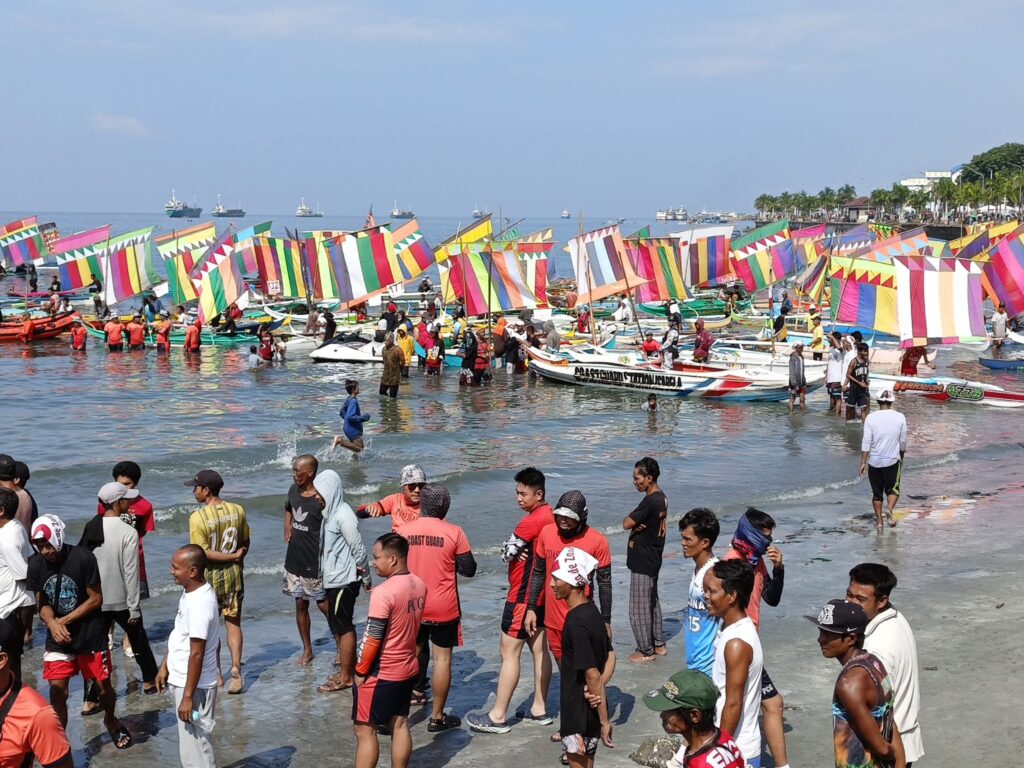
In 1635, the Spanish built Fort San José, today called Fort Pilar, to protect Zamboanga against foreign invaders and Moro pirates. This was the first manifestation of Zamboanga’s Hispanic heritage. It eventually became a museum and a hallowed shrine reflecting the colonial influence of the city.
Chavacano Is The Language that Bridges Eras
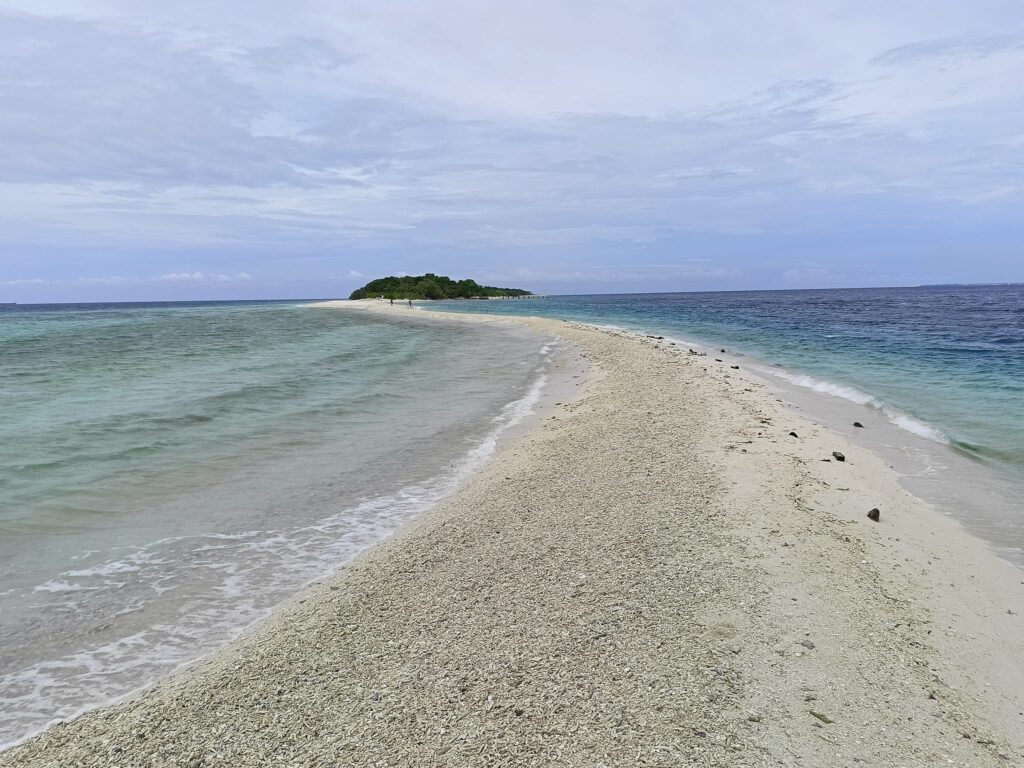
Chavacano is more than just a language in Zamboanga. It is a vibrant cultural thread that connects the past and present of the city. The predominant language among Zamboangueños is still this Spanish based creole which originated from exchanges between Spanish speakers, Mexican immigrants, and Visayan workers in the 17th and 18th centuries.
Vibrant Latin American Connections
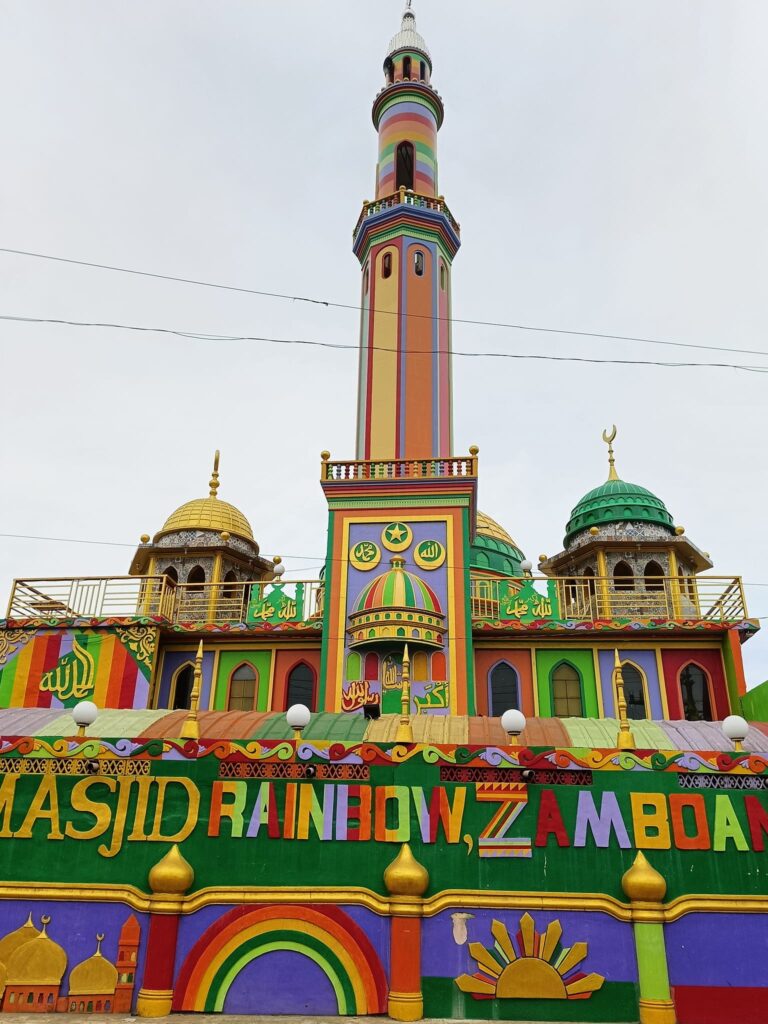
The Latin character of the city is not merely historical. It is also vibrant and expanding. Held in October, the Hermosa Festival, also called Fiesta Pilar, is a riot of cultural events like Vinta Regattas, commerce shows, and the fervor of Chavacano song competitions that highlight local pride and heritage. During the festival season in 2022, more than 66,000 people traveled to Zamboanga including tourists from Latin America who were mesmerized by the city’s warmth and culture.
Zamboanga City is more than a dot on the map, it’s a living remnant of Spanish colonial history reinterpreted through local pride and Chavacano charm. As the Latin City of Asia, it provides a unique and authentic blend of language, celebration, and culture that never fails to enthrall locals and visitors alike.
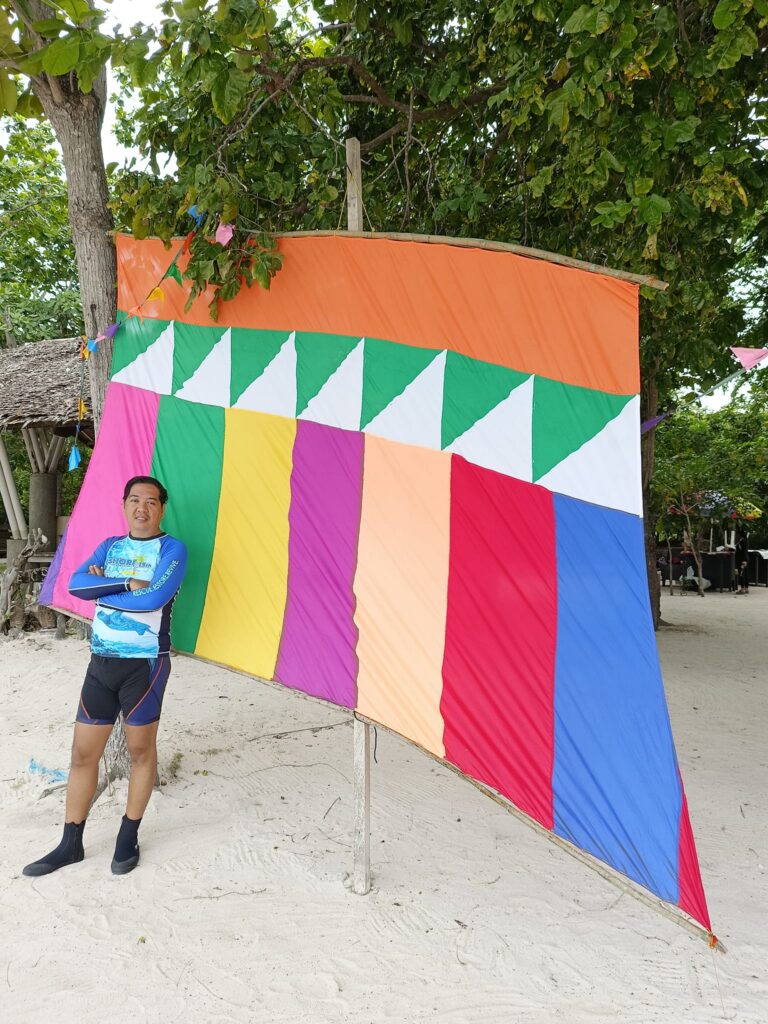
How To Get There?
Location: Southwestern tip of the Zamboanga Peninsula, Western Mindanao, Philippines
- Via Car: From Davao City, the route spans about 650 km and usually takes around 12 hours passing through towns like Kidapawan, Pagadian, and Dipolog. The roads are generally well paved with occasional mountainous stretches so it’s ideal to start early and plan for brief rest stops for meals, fuel, and refreshments before reaching Zamboanga City.
- Via Commute: You can start major cities like Davao City or Cagayan de Oro. From Davao City, take a bus or a van bound for Zamboanga City with fares typically ranging from ₱781.00 to ₱2,679.00. The trip usually takes around 18 to 20 hours including short stops along the way for meals and restroom breaks. Most buses depart in the evening to allow overnight travel arriving in Zamboanga City the next day.
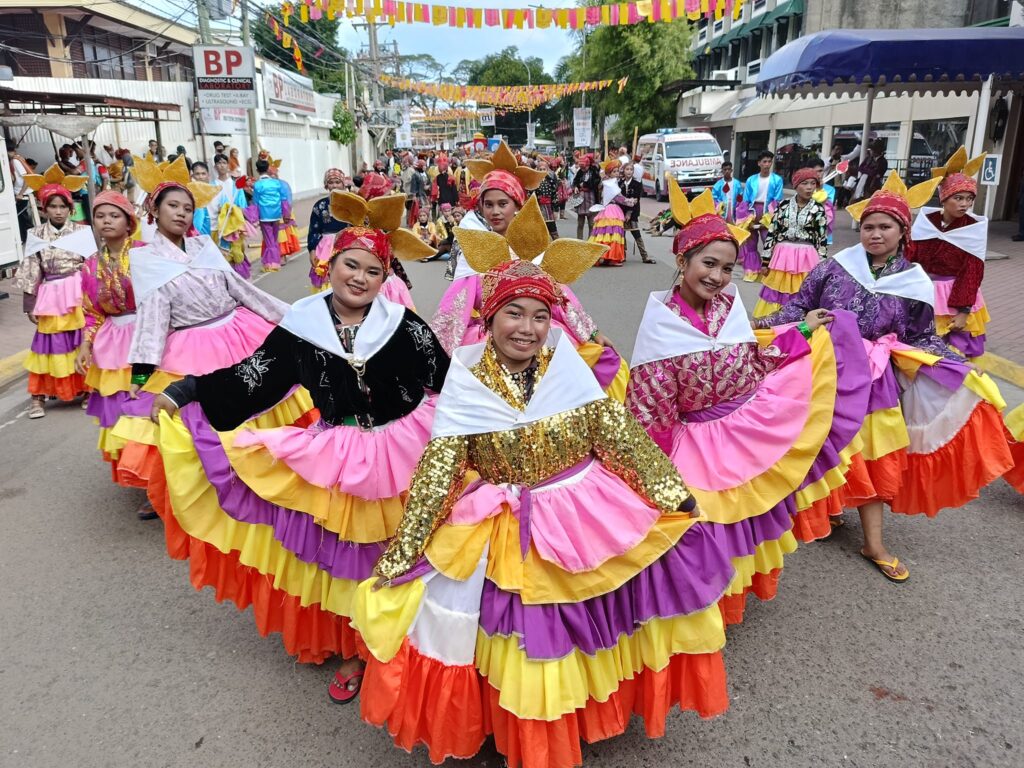


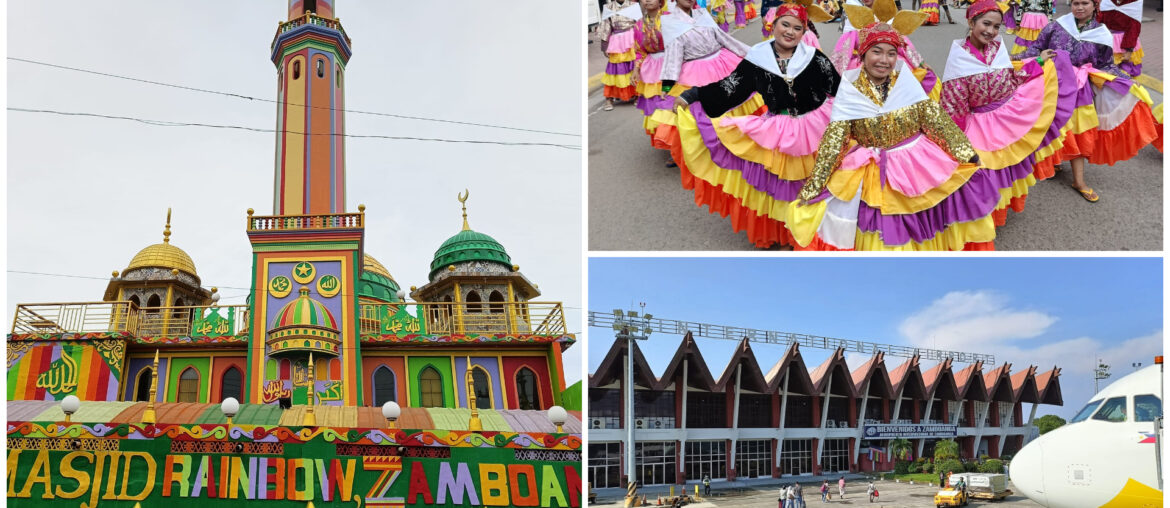
Comments are closed.